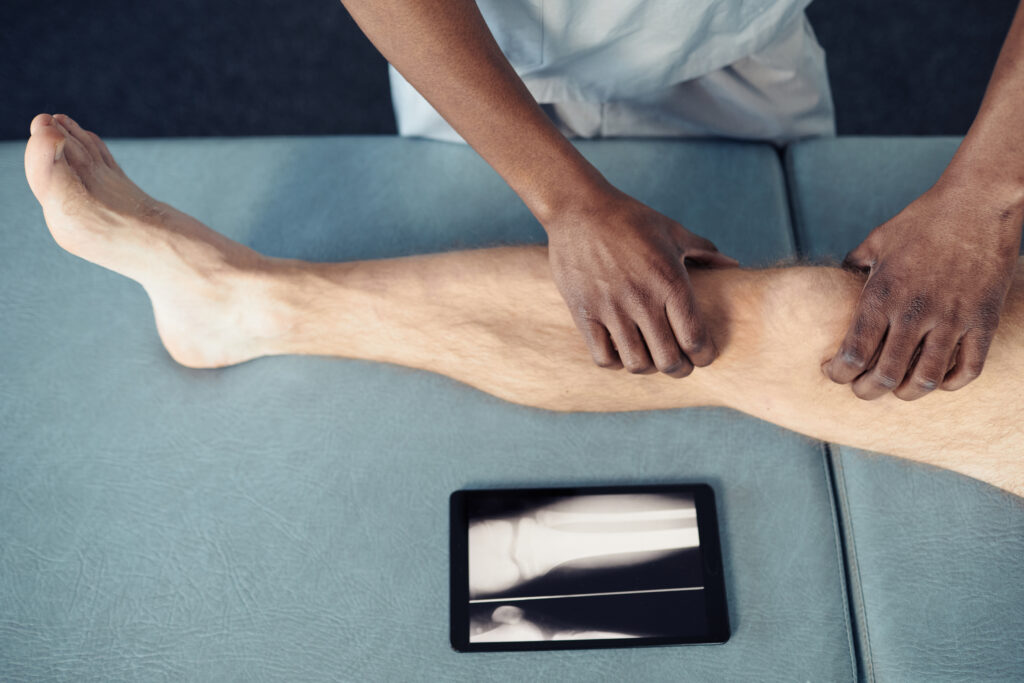Millions of people live with chronic pain that doesn’t respond well to conventional treatments. Conditions like neuropathic pain, fibromyalgia, and CRPS can take a toll on quality of life. Ketamine therapy, once reserved for anesthesia, is emerging as a promising option in pain management. In this blog, we’ll break down how ketamine works, its benefits, and what patients can expect.
Phantom Limb Pain Relief
When pain feels real — even when the limb is gone — you deserve understanding, innovation, and relief.

Why You Need This?
Phantom limb pain can be a deeply distressing and persistent condition — where individuals feel sensations, burning, or pain in a limb that is no longer there. This nerve-related pain stems from complex changes in the nervous system post-amputation or trauma. At his NYC clinic, Dr. Buddhavarapu specializes in treating phantom limb pain with personalized, integrative approaches — combining modern science with compassion to help patients reclaim comfort and control.
Unmanaged phantom limb pain can limit your recovery, mobility, and peace of mind.
Persistent

Persistent
Frustrating

Frustrating
Disruptive

Disruptive



Our Treatment Approach
Step
Full Neurological Assessment
Step
Ketamine Therapy for Phantom Limb Pain
Step
Integrative Pain Management
Step
Ongoing Support & Adjustments

Symptoms
We Address
- Burning, stabbing, or shooting sensations
- Tingling or cramping in the absent limb
- Pain that worsens at night or with stress
- Sensations triggered by touch or weather changes
Take the First Step Toward Relief
Explore innovative, compassionate solutions for phantom limb pain. Let Dr. Buddhavarapu help you find relief that respects your experience and supports your recovery.
Frequently asked questions
Is phantom limb pain common?
Yes — it affects the majority of amputees at some point.
Can phantom limb pain go away on its own?
It can, but many people need medical help for meaningful relief.
Is ketamine safe for phantom pain?
When used appropriately under expert care, it can be a valuable option.
Will I need medications forever?
Not necessarily. Our goal is to reduce reliance on medications through comprehensive care.
What should I do first?
Book a consultation — Dr. Buddhavarapu will assess your pain and build a personalized plan.
Related Posts
Phantom limb pain affects up to 80% of amputees, turning loss into ongoing suffering. But today, science and integrative care provide new hope.


